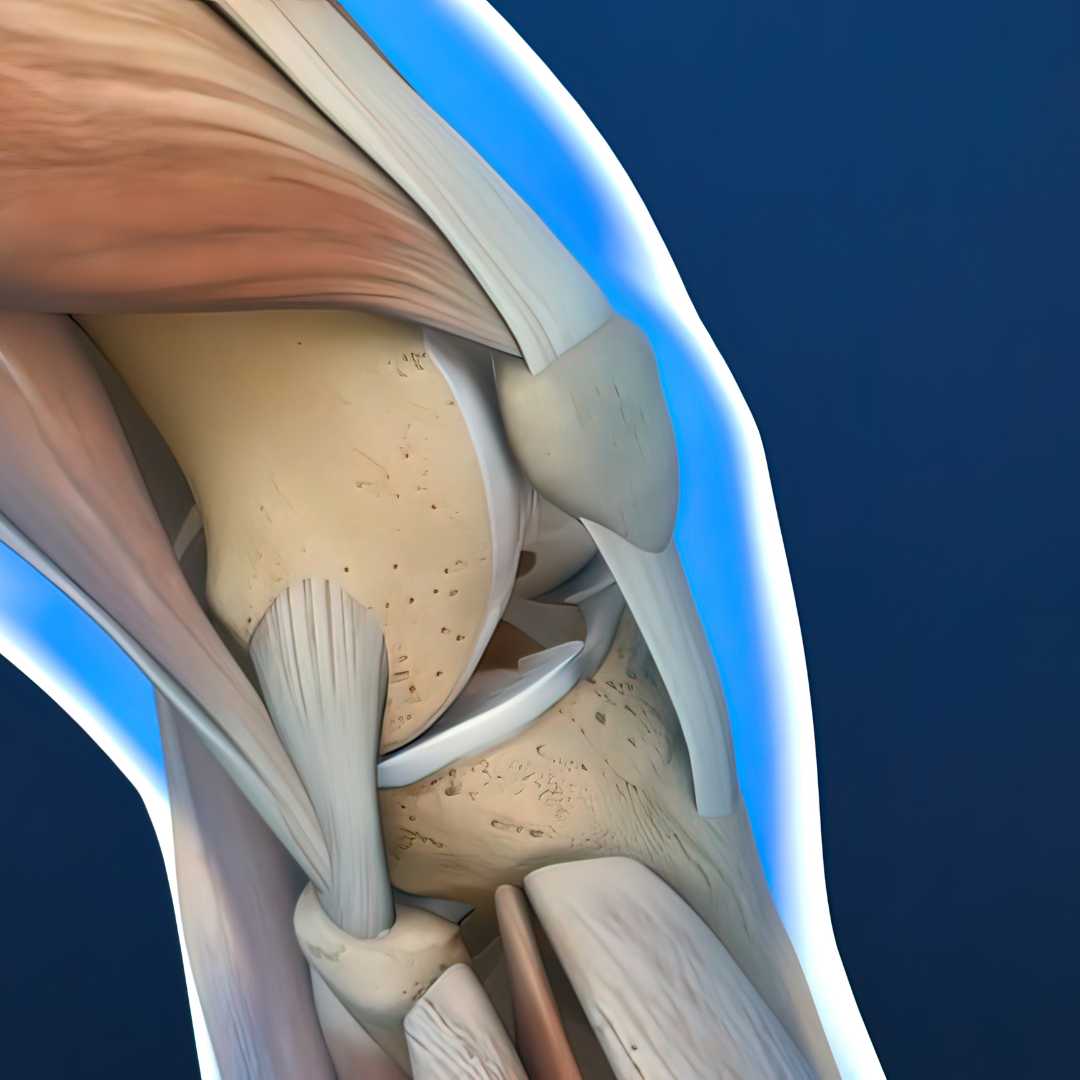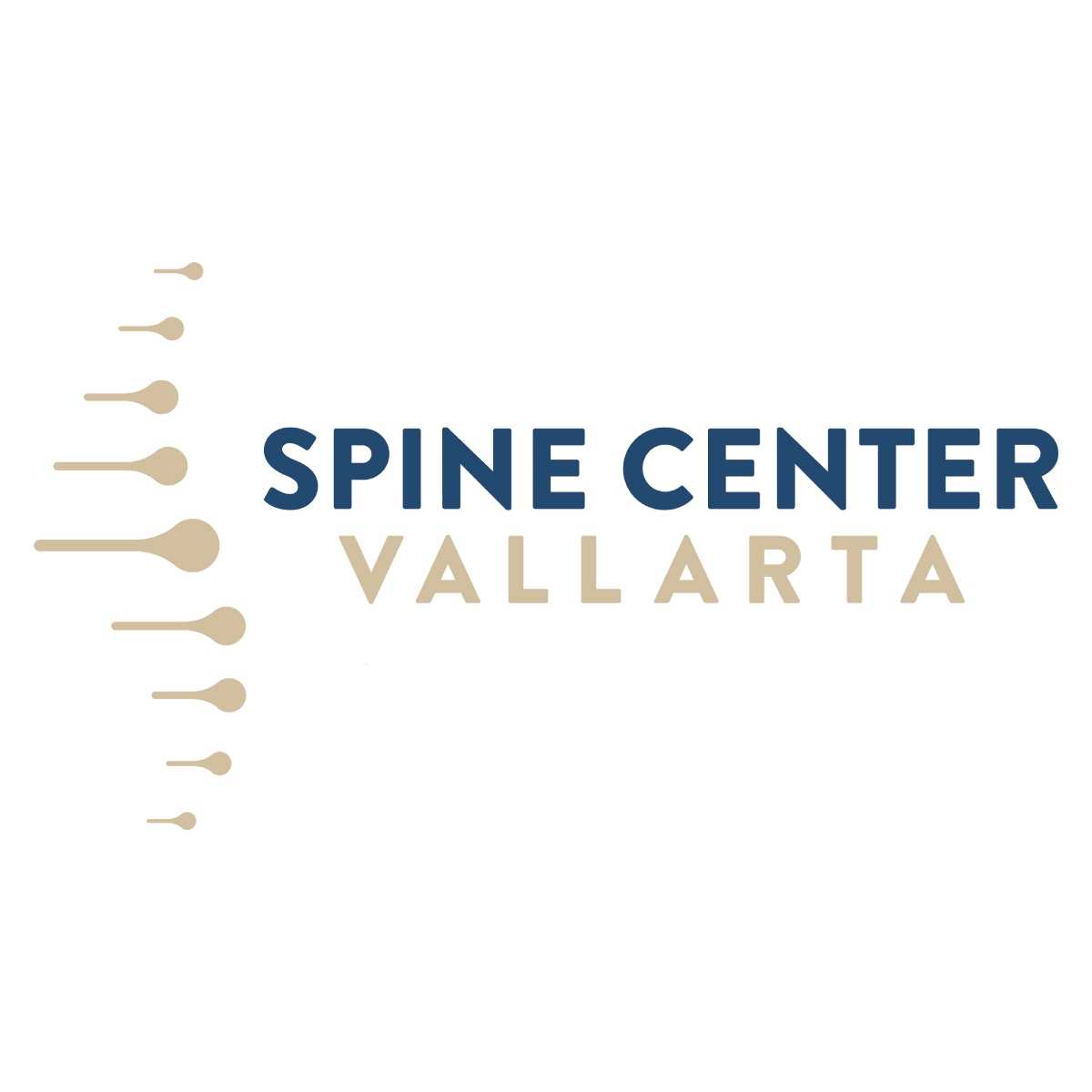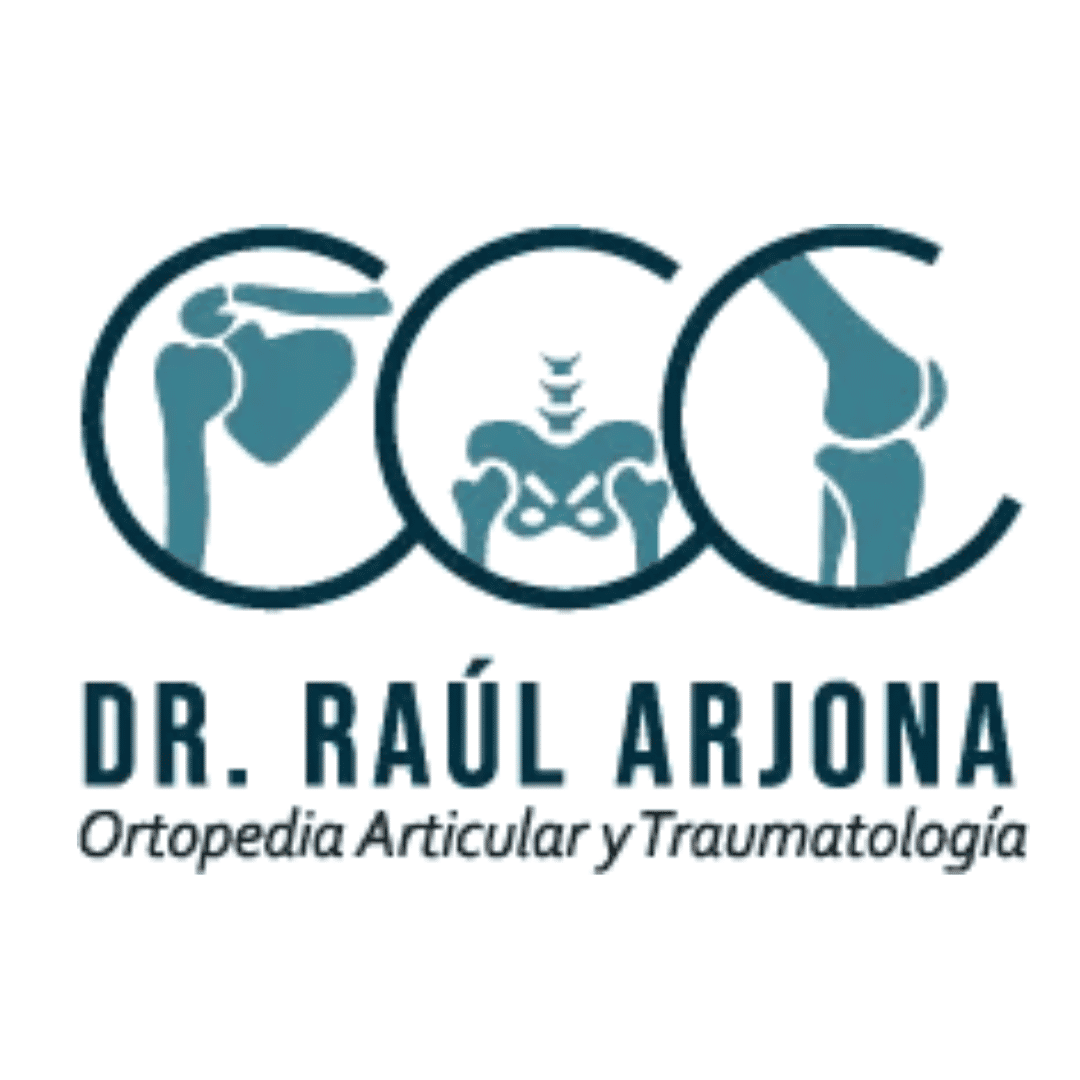Top Knee Replacement Surgery in Mexico | Expert Guide

Suffering from chronic knee pain can significantly impact your quality of life, making everyday activities a challenge. If conservative treatments haven't provided relief, a knee replacement in Mexico could be a viable and transformative solution. This procedure is increasingly popular for individuals seeking affordable knee surgery without compromising on the quality of medical care, offering a path to a more active and pain-free life. Many patients travel to Mexico for orthopedic surgery due to the significant cost savings, experienced surgeons, and modern facilities.
This comprehensive guide will address common questions about knee replacement surgery in Mexico, covering everything from cost and safety to finding the right surgeon and understanding the recovery process. We aim to provide you with the essential information needed to make an informed decision about your medical tourism journey for knee arthroplasty in Mexico.
What is a Knee Replacement?
"A knee replacement, also known as knee arthroplasty, is a surgical procedure to resurface a knee damaged by arthritis or injury. Metal and plastic parts are used to cap the ends of the bones that form the knee joint, along with the kneecap."
This procedure is designed to alleviate pain and restore function in severely diseased knee joints. During the surgery, the damaged cartilage and bone are removed from the knee joint, which includes the lower end of the femur (thighbone), the upper end of the tibia (shinbone), and the patella (kneecap). These surfaces are then replaced with artificial components, typically made of metal alloys, high-grade plastics, and polymers. The goal is to create a new, smooth-gliding surface that reduces pain and improves mobility, allowing individuals to return to their daily activities with greater ease.
There are different types of knee replacements, including total knee replacement (TKR), where all three compartments of the knee are replaced, and partial knee replacement (PKR) or unicompartmental knee arthroplasty, where only the damaged part of the knee is replaced. The choice between TKR and PKR depends on the extent and location of the damage within the knee.
Why Consider Knee Replacement in Mexico?
"Considering knee replacement in Mexico is primarily driven by significant cost savings compared to countries like the US and Canada, access to high-quality medical facilities with experienced, often US-trained and board-certified surgeons, and shorter waiting times for surgery."
Many international patients choose Mexico for their knee replacement surgery for a compelling combination of reasons. The most prominent factor is the cost of knee replacement in Mexico, which can be 40-70% lower than in the United States. This makes the procedure accessible to individuals who might otherwise find it prohibitively expensive, even with insurance. Despite the lower costs, the standard of care in reputable Mexican hospitals is often comparable to that in Western countries. Many facilities are internationally accredited and equipped with state-of-the-art technology.
Furthermore, orthopedic surgeons in Mexico are often highly qualified, with many having received training in the US or Europe and holding board certifications. The reduced waiting times are another significant advantage, allowing patients to receive timely treatment and begin their recovery sooner. The opportunity to recover in a pleasant environment, often in popular tourist destinations, can also be an appealing aspect of choosing medical tourism in Mexico.
How Much Does a Knee Replacement Cost in Mexico?
"The average cost of a knee replacement in Mexico typically ranges from $6,000 to $15,000 USD. This price often includes the surgery, hospital stay, surgeon's fees, anesthesia, and the implant itself."
This price range represents a substantial saving compared to the United States, where a knee replacement can cost $30,000 to $50,000 or even more without insurance. The lower knee surgery cost in Mexico is attributed to several factors, including lower labor costs, reduced hospital administrative expenses, and more affordable medical materials, without necessarily sacrificing quality.
It's important to note that the final cost can vary depending on the specific hospital, the surgeon's experience and reputation, the type of implant used (e.g., standard vs. premium brands, material composition), the complexity of the surgery (e.g., primary vs. revision knee replacement), and the length of the hospital stay. Many medical tourism companies and hospitals in Mexico offer knee replacement package deals that bundle various services, including pre-operative consultations, surgery, accommodation, and sometimes even post-operative physical therapy, providing transparency and convenience for international patients.
Is Knee Replacement Surgery in Mexico Safe?
"Yes, knee replacement surgery in Mexico is generally safe when performed at accredited hospitals by qualified and experienced orthopedic surgeons. Many Mexican hospitals catering to medical tourists adhere to international standards of care and hygiene."
Patient safety is a top priority for reputable healthcare providers in Mexico. Many hospitals, especially those in popular medical tourism destinations like Tijuana, Cancun, Guadalajara, and Mexico City, have invested heavily in modern infrastructure and technology. They often seek and achieve accreditations from international bodies like the Joint Commission International (JCI) or national certifications like the one from the Consejo de Salubridad General (CSG) of Mexico, which ensures they meet rigorous quality and safety standards.
However, like any surgical procedure anywhere in the world, knee replacement surgery carries inherent risks. To ensure safety, patients should thoroughly research hospitals and surgeons, verify credentials, read patient reviews, and ideally work with a reputable medical tourism facilitator who has vetted their partner clinics. Open communication with the surgical team about pre-operative and post-operative care is also crucial for a safe and successful outcome.
What are the Success Rates for Knee Replacement in Mexico?
"The success rates for knee replacement surgery in Mexico are generally high and comparable to those in developed countries, often reported to be around 90-95% for significant pain relief and improved function, provided the procedure is done by experienced surgeons in well-equipped facilities."
The success of a knee replacement is typically measured by factors such as pain reduction, improvement in mobility and joint function, patient satisfaction, and the longevity of the implant. Mexican orthopedic surgeons often use high-quality implants from internationally recognized manufacturers, similar to those used in the US and Europe. Adherence to international surgical protocols and advancements in surgical techniques, such as minimally invasive surgery, also contribute to positive outcomes.
Factors that can influence individual success rates include the patient's overall health, age, the severity of the knee condition before surgery, adherence to post-operative rehabilitation programs, and the surgeon's skill. Choosing a surgeon with a strong track record in knee arthroplasty is key to maximizing the chances of a successful outcome.
How Do I Find the Best Hospitals and Surgeons for Knee Replacement in Mexico?
"To find the best hospitals and surgeons for knee replacement in Mexico, research facilities with international accreditations, look for board-certified orthopedic surgeons with extensive experience in knee arthroplasty, read patient testimonials, and consider using a reputable medical tourism agency."
Choosing the right hospital and surgeon is the most critical step in planning your knee surgery in Mexico.
- Hospital Accreditation: Look for hospitals accredited by organizations like the Joint Commission International (JCI) or certified by Mexico's General Health Council (CSG). Accreditation indicates adherence to high standards of care and patient safety.
- Surgeon Credentials: Verify the surgeon's qualifications, including their medical education, specialization in orthopedics, board certifications (e.g., by the Mexican Council of Orthopedics and Traumatology - CMOT, or even international boards), and years of experience specifically in knee replacement surgery. Many top surgeons in Mexico are members of international orthopedic associations.
- Patient Reviews and Testimonials: Seek out reviews from previous international patients. These can provide insights into the quality of care, the surgeon's bedside manner, and the overall patient experience.
- Communication: Ensure the surgeon and hospital staff can communicate effectively in your language, or that reliable translation services are available.
- Specialization: Some surgeons may specialize in specific types of knee replacements or use advanced techniques like minimally invasive surgery or robotic-assisted surgery. Inquire about their expertise relevant to your specific needs.
Working with a medical tourism facilitator like PlacidWay can simplify this process, as they typically have a network of vetted hospitals and surgeons.
What Types of Knee Implants are Used in Mexico?
"Hospitals in Mexico that cater to medical tourists typically use high-quality knee implants from well-known international manufacturers, similar to those used in the USA and Europe. These include brands like Zimmer Biomet, Stryker, DePuy Synthes (Johnson & Johnson), and Smith & Nephew."
The type of implant used is a crucial factor in the long-term success of a knee replacement. Reputable Mexican orthopedic surgeons will discuss the implant options with you, considering factors like your age, activity level, bone quality, and overall health. Implants are generally made of a combination of materials:
- Metal alloys: Commonly cobalt-chromium or titanium for the femoral and tibial components.
- Polyethylene: A durable medical-grade plastic used for the bearing surface (spacer) between the metal components to allow smooth movement.
- Ceramic: Sometimes used, especially for patients with metal sensitivities, though less common for primary knee replacements.
You have the right to ask about the specific brand and model of the implant that will be used and its track record. Ensure the implant is FDA-approved or has equivalent international certifications (e.g., CE mark in Europe).
What is the Knee Replacement Procedure Like in Mexico?
"The knee replacement procedure in Mexico follows standard international protocols. It involves pre-operative evaluation, the surgery itself (typically lasting 1.5 to 3 hours under general or spinal anesthesia), and a post-operative recovery period in the hospital, usually for 3-5 days."
The process generally unfolds as follows:
- Pre-operative Assessment: This includes a thorough medical history review, physical examination, X-rays, and possibly other imaging tests like an MRI. Blood tests and other evaluations will be done to ensure you are fit for surgery. You will discuss the procedure, risks, benefits, and implant options with your surgeon.
- Anesthesia: On the day of surgery, you will meet the anesthesiologist to discuss the type of anesthesia to be used (general, spinal, or epidural).
- The Surgery: The surgeon will make an incision over the knee to access the joint. The damaged cartilage and bone surfaces are removed and replaced with the prosthetic components. The incision is then closed with sutures or staples.
- Hospital Recovery: After surgery, you'll be moved to a recovery room for monitoring as the anesthesia wears off. Pain medication will be provided. You'll typically stay in the hospital for a few days, during which physical therapy will begin, often within 24 hours, to help you start moving your new knee.
Mexican hospitals are generally well-equipped, and the surgical teams are experienced in managing international patients.
How Long is the Recovery Time for Knee Replacement in Mexico?
"Initial recovery in the hospital typically takes 3 to 5 days. Most patients can resume light daily activities within 4 to 6 weeks, but full recovery and a return to more strenuous activities can take 3 to 6 months, or even up to a year, with diligent physical therapy."
The recovery timeline for knee replacement varies from person to person. Immediately after surgery, the focus is on pain management, wound care, and starting gentle exercises. Physical therapy is crucial for regaining strength, flexibility, and range of motion in your new knee. This will begin in the hospital and continue after discharge.
You will likely use a walker or crutches for several weeks. Driving is usually possible after 4-6 weeks, once you are no longer taking narcotic pain medication and have good knee control. While you'll notice significant improvement in the first few months, it's important to follow your surgeon's and physical therapist's instructions closely for the best long-term outcome. Many patients find that the benefits of reduced pain and increased mobility are well worth the recovery period.
How Long Do I Need to Stay in Mexico for a Knee Replacement?
"For a knee replacement in Mexico, patients typically need to plan for a stay of approximately 2 to 3 weeks. This includes the pre-operative consultations, the hospital stay (3-5 days), and initial post-operative recovery and physical therapy before being cleared to travel home."
This timeframe allows for:
- Pre-operative appointments: Final consultations, tests, and surgical planning.
- Surgery and hospital stay: The procedure itself and immediate post-operative care in the hospital.
- Initial recovery and rehabilitation: Early physical therapy sessions, wound checks, and monitoring for any immediate complications. Your surgeon will want to ensure you are stable and recovering well before you undertake a long journey home.
Some medical tourism packages may include accommodation for this recovery period. It's important to confirm the recommended stay duration with your chosen clinic, as it can vary based on your individual case and the surgeon's protocols. Flying too soon after surgery can increase the risk of complications like blood clots.
What Kind of Aftercare and Physical Therapy is Available in Mexico?
"Reputable hospitals in Mexico provide comprehensive aftercare for knee replacement, including in-hospital physical therapy, pain management, and instructions for wound care. Many also help coordinate ongoing physical therapy either locally or provide a plan to continue upon returning home."
Aftercare is a critical component of a successful knee replacement. In Mexico, your hospital stay will include initial physical therapy sessions to get you moving safely. Before discharge, you'll receive detailed instructions on:
- Wound care: How to keep the incision clean and dry.
- Medications: Pain relief and possibly blood thinners to prevent clots.
- Activity guidelines: What you can and cannot do.
- Exercises: A home exercise program to continue your rehabilitation.
- Follow-up: When to see a doctor for suture removal and check-ups.
Some facilities or medical tourism packages may offer extended physical therapy services in Mexico, or they can provide a detailed rehabilitation plan for your physical therapist back home. Clear communication about the aftercare plan is essential before you commit to the surgery.
What are the Risks and Potential Complications of Knee Replacement?
"Like any major surgery, knee replacement carries risks, though serious complications are rare (fewer than 2% of patients). Potential risks include infection, blood clots (DVT or pulmonary embolism), implant loosening or wear, nerve or blood vessel damage, persistent pain, and knee stiffness."
Your surgeon in Mexico will discuss these risks with you in detail before the procedure. Measures are taken to minimize these risks, such as:
- Infection: Administering antibiotics before, during, and after surgery; sterile operating room conditions.
- Blood Clots: Use of blood-thinning medication, compression stockings, and early mobilization.
- Implant Issues: Proper surgical technique, choosing appropriate implants, and patient adherence to activity guidelines.
- Pain/Stiffness: Effective pain management and diligent participation in physical therapy.
Choosing an experienced surgeon and a reputable hospital significantly reduces the likelihood of complications. It's also crucial to follow all pre-operative and post-operative instructions carefully.
Are Surgeons in Mexico Board-Certified for Knee Replacements?
"Yes, many orthopedic surgeons in Mexico who perform knee replacements are board-certified by the Mexican Council of Orthopedics and Traumatology (Consejo Mexicano de Ortopedia y Traumatología, CMOT). Some may also have international certifications or memberships."
Board certification is a key indicator of a surgeon's expertise and commitment to standards in their specialty. The CMOT is the recognized body in Mexico for certifying orthopedic surgeons. To become certified, surgeons must complete an accredited orthopedic residency program and pass rigorous examinations.
When researching surgeons, don't hesitate to ask about their board certifications and affiliations with national and international orthopedic societies. This information is often available on their websites or can be provided by the hospital or medical tourism facilitator. Choosing a board-certified orthopedic surgeon in Mexico provides an added layer of assurance regarding their qualifications and competence.
What Should I Pack for My Knee Replacement Trip to Mexico?
"When packing for your knee replacement trip to Mexico, include comfortable, loose-fitting clothes (easy to put on/take off over a swollen knee), slip-on shoes, personal toiletries, any regular medications, copies of medical records, your passport, and a means of entertainment."
Here's a more detailed list:
- Clothing: Loose pants or shorts, t-shirts, a knee-length robe. Choose fabrics that are easy to wash and dry.
- Footwear: Comfortable, supportive slip-on shoes with good traction. Avoid anything with complicated laces.
- Personal Items: Toothbrush, toothpaste, deodorant, shampoo, etc. (though hospitals provide basics).
- Medications: All your regular prescription medications in their original containers, along with a copy of your prescriptions. Also, bring a list of all medications and supplements you take.
- Medical Documents: Copies of your medical history, any relevant X-rays or MRIs, insurance information (if applicable for any part of your travel or stay), and contact information for your doctors back home.
- Identification: Passport, driver's license.
- Comfort Items: Books, magazines, tablet, headphones, travel pillow.
- Assistive Devices: If you already use a walker or crutches, check if you should bring them or if they will be provided.
- Communication: Phone and charger, possibly an international adapter.
Pack light but ensure you have essentials for your hospital stay and initial recovery period.
How Does the Cost of Knee Replacement in Mexico Compare to the USA or Canada?
"The cost of knee replacement in Mexico is significantly lower than in the USA or Canada. Patients can expect to save approximately 40-70% on the procedure in Mexico, where prices range from $6,000 to $15,000, compared to $30,000-$50,000+ in the US and often long wait times in Canada's public system."
This substantial cost difference is a primary driver for medical tourism. For example:
- USA: Average cost can be $40,000 or more.
- Canada: While publicly funded, wait times can be extensive, leading some to seek private options abroad. Private surgery in Canada can still be very expensive.
- Mexico: Average cost of $10,000 - $12,000 for a total knee replacement package.
These savings in Mexico often cover the surgery, hospital stay, surgeon fees, anesthesia, and the implant. Even when factoring in travel and accommodation costs, the overall expense is typically much lower than undergoing the procedure in the US.
Are There All-Inclusive Knee Replacement Packages in Mexico?
"Yes, many hospitals and medical tourism facilitators in Mexico offer all-inclusive knee replacement packages. These packages are designed to provide transparency and convenience for international patients, bundling most of the necessary services into one price."
A typical all-inclusive package might include:
- Surgeon's fees
- Anesthesiologist's fees
- Hospital stay (including meals and nursing care)
- Cost of the standard knee implant
- Operating room charges
- Pre-operative tests (standard blood work, X-rays)
- Post-operative medications (during hospital stay)
- Initial physical therapy sessions
- Ground transportation (airport-hotel-hospital)
- Facilitator/coordinator fees
It's crucial to carefully review what is included and excluded in any package. For instance, flights, extended hotel stays beyond what's specified, and treatment for unforeseen complications or pre-existing conditions might not be covered. Always ask for a detailed breakdown of the package.
What Questions Should I Ask Before Deciding on Knee Replacement in Mexico?
"Before deciding on a knee replacement in Mexico, ask about the surgeon's qualifications and experience with knee replacements, the specific type of implant to be used, the hospital's accreditation, the total cost and what's included, the pain management plan, the recovery process and timeline, and arrangements for follow-up care."
Here's a checklist of important questions:
- What are your qualifications, board certifications, and how many knee replacement surgeries have you performed?
- What is your success rate and complication rate for this procedure?
- Can I speak with previous patients?
- What type and brand of knee implant will be used? Why is it suitable for me?
- Is the hospital accredited? By which organizations?
- What is the total cost of the procedure, and what does it include/exclude? Are there potential additional costs?
- What type of anesthesia will be used? Who will administer it?
- What is the anticipated hospital stay duration?
- What is the pain management plan post-surgery?
- What does the physical therapy and rehabilitation program entail, both in Mexico and once I return home?
- How will follow-up care be handled, especially if I experience complications after returning home?
- What are the specific risks associated with my case?
- How long should I plan to stay in Mexico?
Getting clear answers to these questions will help you make an informed decision and feel more confident about your medical journey.
Ready to explore your options for a knee replacement in Mexico? PlacidWay can help you connect with leading orthopedic surgeons and accredited hospitals, providing personalized guidance and support throughout your medical tourism journey. Take the first step towards a life with less pain and more mobility. Explore PlacidWay for your healthcare solutions today!


.png)














Share this listing